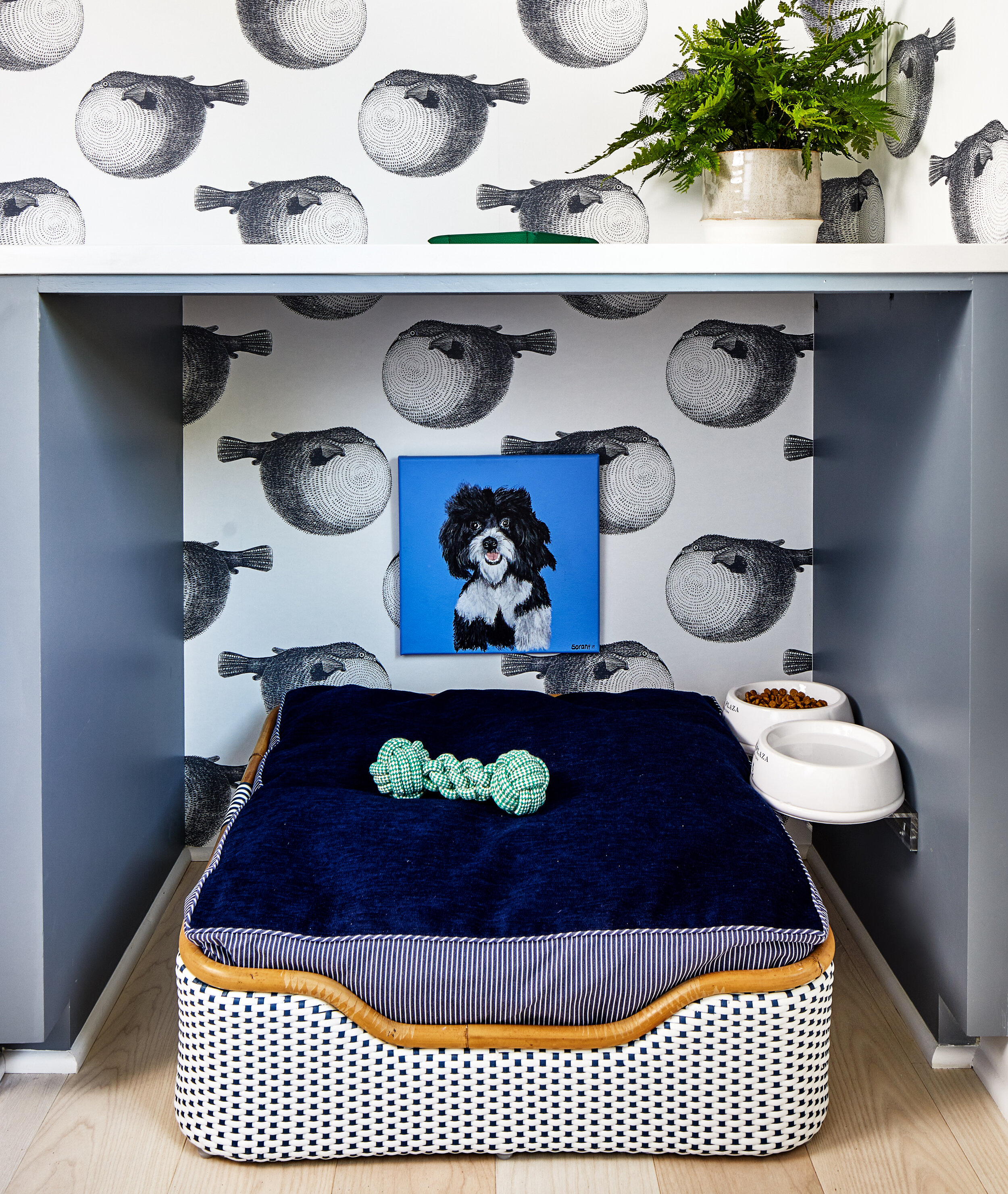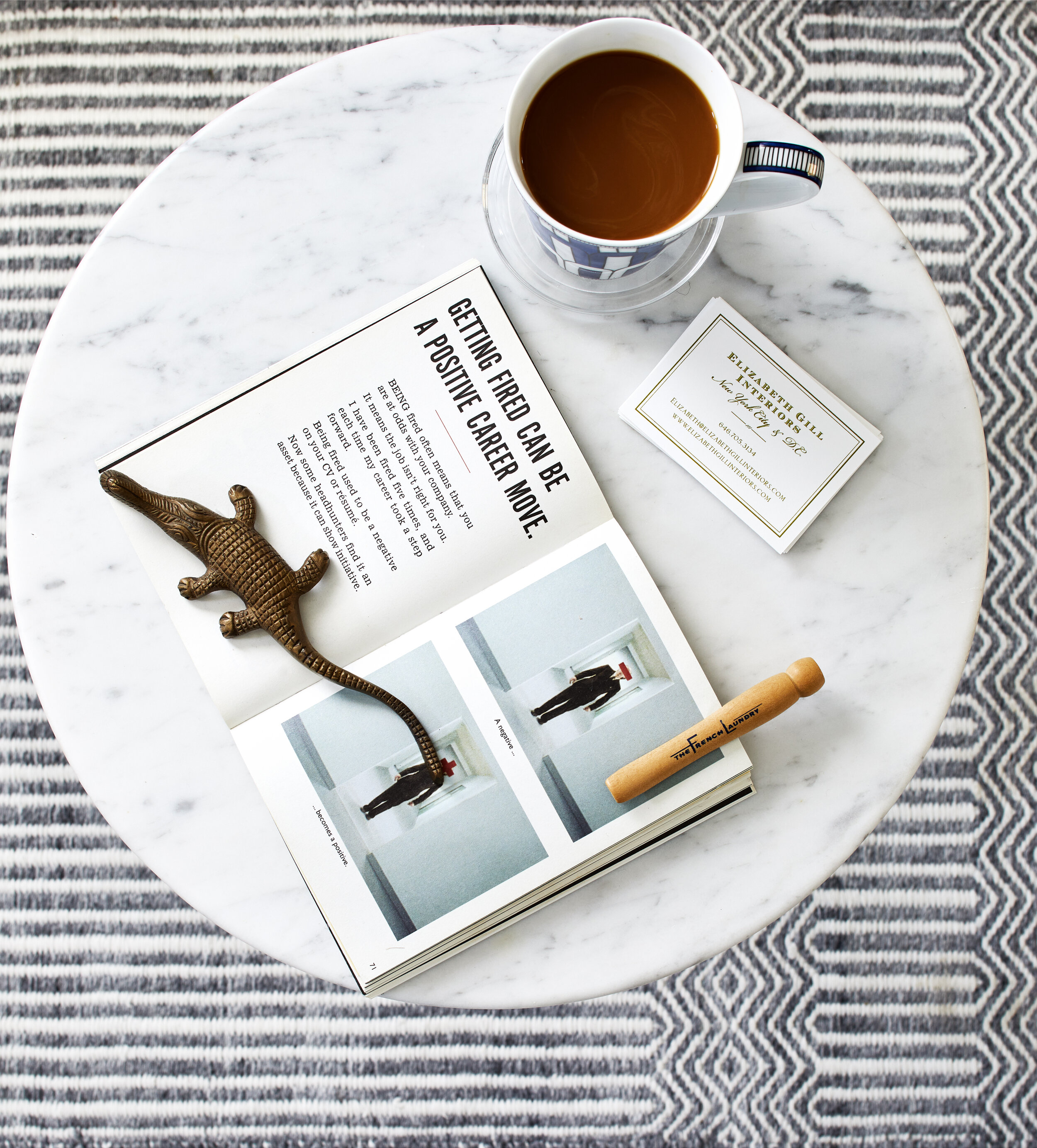Top 5 Tips: Transforming A Small Space
Lately, I have been getting a lot of questions about the mudroom and entry space I designed last summer for the Aspire Show House, so I thought it would be a good idea to discuss designing small spaces.
Here are my Top 5 Tips for designing small spaces.
All Blog Post Photos Credit: Stacy Zarin Goldberg / 2020 Aspire Show House Mudroom & Entry1.) Function: First determine who will be using the space, what you are using the space for and how will it connect with any adjoining spaces. There must be dialogue between connecting rooms otherwise it will not look like you have made thoughtful, intentional selections. This does not mean your home has to match, but rather it should connect in some way, perhaps through color or overall style. You want to decide on these factors first so that you don’t get too far down the design path but then have to rethink, resource, or start over.
2.) Add Height: It is particularly important in small spaces to maximize the height of your space. If you have a lower ceiling, then focus on how to trick the eye into believing you have more height than you do. For example, add floor-to-ceiling drapery panels (mounting the hardware as close to the ceiling as possible), or paint the trim and face of the doors the same color as the wall. If you have a wallpaper, then match the trim color to the dominant color seen throughout. This will make the wall read as one large surface rather than broken up.
3.) Focal Point: Mirrors are a great tool to utilize when trying to maximize space. They not only add a bit of drama but also direct the viewer where to look. Add a tall mirror to an entry that reflects a beautiful piece of artwork or outdoor space. Visually, this tricks the eye into seeing the wall as higher than it is and also serves as a conversation piece.
Consider adding an eye-catching wall covering on an accent wall - or on all walls - to create a sexy look. Don’t be afraid of a colored wallpaper in small spaces! When executed well, color can help to gives a space defined character. Should you choose to add drama on all walls, opt for more subtle furniture pieces and fabrics to fill the space.
4.) Neutral Doesn’t Equal Boring: Keeping your walls neutral, depending on the type of space you are decorating, is often a wise choice. This doesn’t mean that you have to paint your walls white, or some variation of it; rather, choose a soft color at a reduced strength or select a neutral textured paper. This creates a subtle yet elegant foundation for your standout pieces such as a custom console, a family antique, or a special light fixture, making the focal point of the space the pieces within it rather than what surrounds it.
5.) Don’t try too hard: Choose where to place color wisely. No space looks or feels good that is packed with drama everywhere - just as a vanilla box feels too bare. Strike the balance that is right for you. I often use more neutrals within a space and add pops of color through artwork, pillows, and accessories, for example. Most importantly, decorate for yourself and don’t try to please others.








